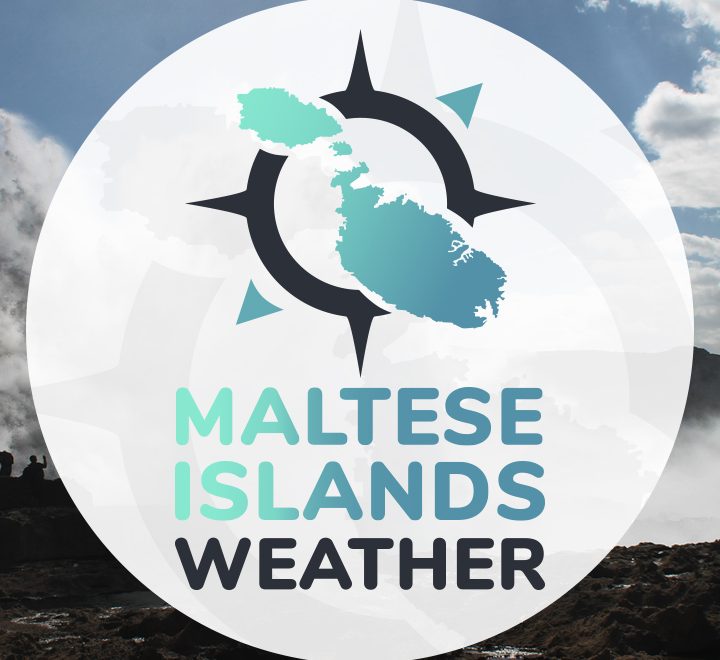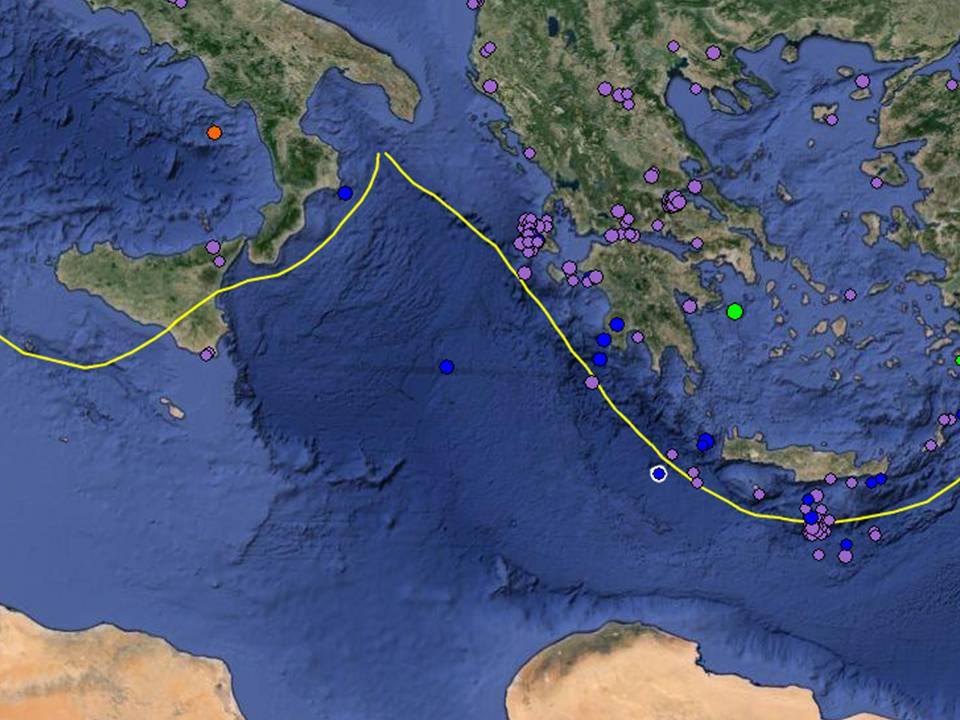
With the recent earthquakes across the Balkans and the eastern Mediterranean, you may be asking yourselves about whether the Maltese Islands are at risk of an earthquake or not.
The risk of earthquakes in the Maltese Islands is considered to be low. However, several earthquakes (some of which were damaging) were recorded in the past. The archipelago is in a potentially significant seismic zone.
Look at the seismological map below. The yellow line indicates the boundary that separates the Eurasian plate from the African plate. Along this line the chance for earthquakes is considered high. However, notice how the areas near Greece are much more active than those near us. We are sitting on the same fault, so why the difference? Whereas a volcano exists on our side (Mount Etna) there are none near Greece. Etna erupts frequently. These eruptions release pressure within the crust; therefore reducing the strength and frequency of earthquakes near to us. To the east, there are no volcanoes and so it experiences a lot of earthquakes, some of which are strong. This was seen in recent days. A deadly earthquake struck Albania. Several other earthquakes rattled the Balkans and the eastern Mediterranean.

In the past there have been several tsunamis in the Mediterranean with the most recent being in 2003 and 1999. We have had them before and will therefore most likely have them again in the future. Having said that, a tsunami in the Mediterranean would be much weaker than the ones that occur in the ocean. A tsunami in the Mediterranean would most likely occur after some strong earthquake in the eastern basin or due to a submarine land slide associated with Mount Etna. However, given the varying depths of the Mediterranean and the small size of the basin it would not be as powerful as the ones that occur in the ocean. Therefore, the wave would likely hit nearby coasts hard but then fade away as it spreads around the basin, regardless of the magnitude of the earthquake. You might think that the Maltese Islands, being located right at the centre of the Mediterranean Sea makes them highly vulnerable. This is simply not true. The waves reaching us would be very similar to those we get in the strongest of storms. This is because we are sheltered from tsunamis from the west and east by repeatedly varying ocean depth on both sides. On the other hand, we are sheltered from a tsunami caused by Etna by the south east coast of Sicily. The risk of a serious tsunami in the Maltese Islands, is therefore very low. It may only occur if a strong earthquake strikes close-by. This is not possible as long as the volcanic activity of our region remains as it is, since Mount Etna releases the pressure within the crust through the frequent eruptions.
The strongest earthquake ever recorded in Malta was that of 11th January 1693, when a 7.4 MAG earthquake struck east of Sicily.


0 comments
Write a comment